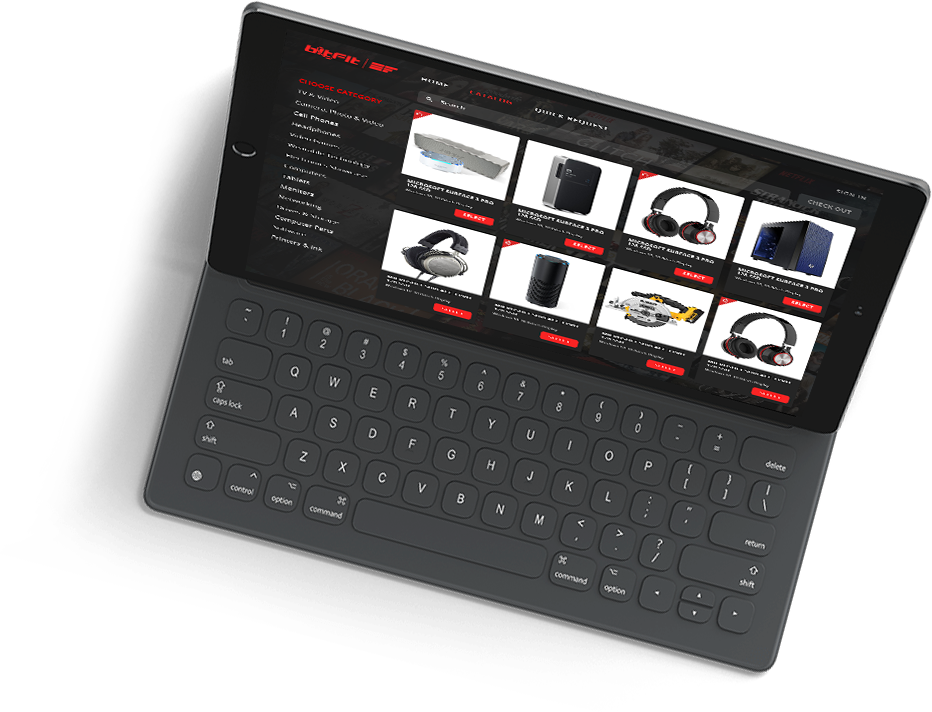
Inventory management is a critical component of supply chain operations, influencing everything from a business’s daily functioning to its long-term success. Effective inventory management ensures that a company always has the right products in the right quantities and time, minimizing costs while maximizing sales and customer satisfaction. This article delves into the intricacies of inventory management, exploring its objectives, components, challenges, and the role of technology in modern inventory practices.
Definition of Inventory Management
At its core, inventory management involves overseeing the flow of goods from manufacturers to warehouses and from these facilities to point of sale. It encompasses a variety of goods, such as raw materials, work-in-progress products, and finished goods ready for shipment to customers. Key terms in inventory management include:
- SKU (Stock Keeping Unit): A unique identifier for each type of item for sale.
- Lead Time: The time between the initiation of an order and its completion.
- Reorder Point: The level of inventory that triggers an action to replenish that particular inventory stock.
Objectives of Inventory Management
The primary goal of inventory management is to ensure that inventory is available as needed while keeping costs under control. Specific objectives include:
- Avoiding Stockouts: Ensuring that items are in stock when needed, thus avoiding customer dissatisfaction.
- Minimizing Carrying Costs: Reducing the cost of holding inventory, such as storage and insurance.
- Optimizing Inventory Turnover: Maintaining a balance between having too much and too little inventory.
- Enhancing Customer Satisfaction: Quickly fulfilling customer orders to improve customer service and retention.
Components of Inventory Management
Inventory management can be broken down into several key components:
- Inventory Control: This involves maintaining the optimal stock level based on forecasted demand.
- Inventory Forecasting: Using historical sales data to predict customer demand and adjust inventory levels accordingly.
- Inventory Valuation: Employing methods such as FIFO (first-in, first-out), LIFO (last-in, first-out), or weighted average to assess the inventory cost.
Methods and Techniques in Inventory Management
Several methods enhance inventory efficiency:
- Just-In-Time (JIT): Reducing inventory costs by receiving goods only as they are needed in the production process.
- Economic Order Quantity (EOQ): Calculating the optimal inventory quantity to order, minimizing total ordering and holding costs.
- ABC Analysis: Classifying inventory into three categories (A, B, and C) based on value and frequency of use to prioritize management focus.
- Safety Stock Calculation: Keeping a buffer stock prevents stockouts caused by inaccurate forecasting or unexpected demand.
Challenges in Inventory Management
Inventory management is not without its challenges, such as:
- Fluctuating Demand: Adjusting inventory levels to cope with changes in demand can be complex and costly.
- Excess or Insufficient Inventory: Both scenarios can hurt the business financially through wasted resources or lost sales.
- Multiple Locations: Managing inventory across multiple locations adds complexity due to differing demand patterns and logistical considerations.
- Technology Integration: Updating or replacing legacy systems with new technology can be disruptive and expensive.
Role of Technology in Inventory Management
Technology plays a pivotal role in modernizing inventory management:
- Inventory Management Software: Tools like ERP systems integrate all aspects of inventory management, from ordering to sales, enhancing efficiency and visibility.
- AI and IoT: Advanced technologies provide real-time analytics and automated stock adjustments, reducing human error and improving responsiveness.
Best Practices in Inventory Management
To excel in inventory management, businesses should adhere to several best practices:
- Regular Audits: Periodically review inventory for accuracy and potential issues.
- Continuous Improvement: Train staff and refine processes continually to adapt to new challenges.
- Supplier Relationships: Building strong partnerships with suppliers to ensure reliable supply chains.
Future Trends in Inventory Management
Inventory management will likely see increased use of predictive analytics, which harnesses big data to forecast more accurately. Sustainability will become crucial as companies seek to reduce waste and promote ethical sourcing. Additionally, customization and personalization in product offerings will require more dynamic inventory management systems.
Streamline Your Inventory with bitFit
bitFit offers a comprehensive suite of tools and features designed to streamline and enhance inventory management processes for businesses of all sizes. With bitFit, users can access advanced QR labeling capabilities, allowing for quick and efficient identification and tracking of inventory items. This feature simplifies the process of managing goods throughout their lifecycle – from planning to retirement.
Additionally, bitFit’s mobile app is equipped with scanning technology, which facilitates real-time updates and accuracy in inventory counts. This mobile functionality ensures that employees can manage inventory on the go, providing flexibility and immediate access to inventory data directly from their devices.
The platform also excels in stockroom management, offering robust tools that help organize and control stockrooms effectively. Whether it’s optimizing the layout for faster access to popular items or setting up alerts for low stock levels, bitFit provides the necessary features to maintain a well-organized and efficient stockroom.
Overall, bitFit is designed to empower businesses with the tools needed for successful inventory management, leveraging technology like QR codes and mobile apps to enhance operational efficiency and accuracy.
Conclusion
Effective inventory management is essential for the health and growth of any business. Companies can meet customer demands efficiently and sustainably by understanding its components, embracing technology, and following best practices. As inventory management evolves, staying informed and adaptable will be key to success.

